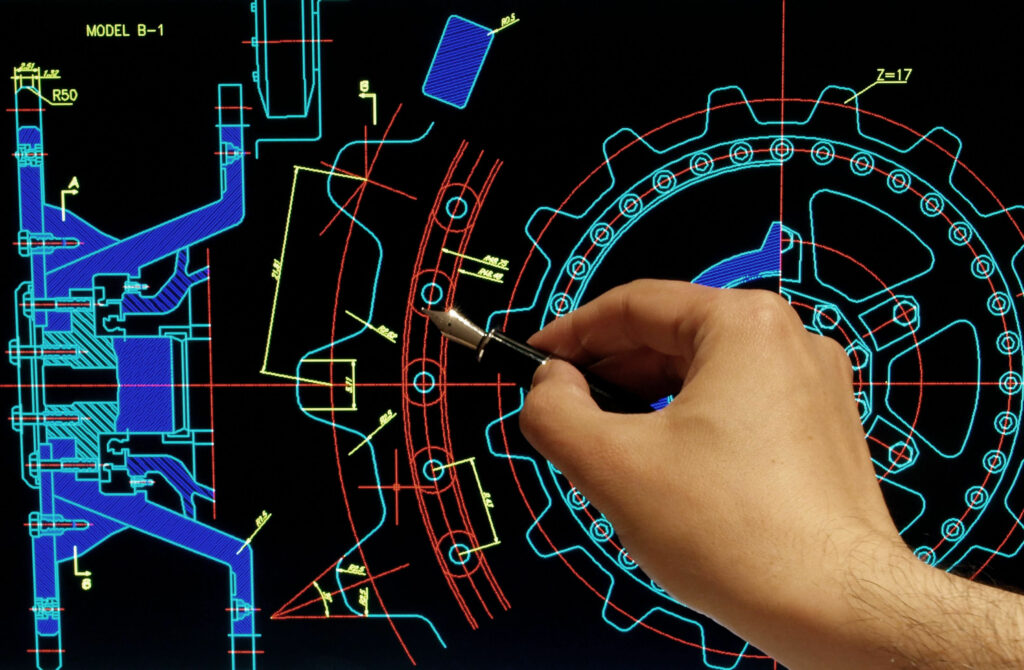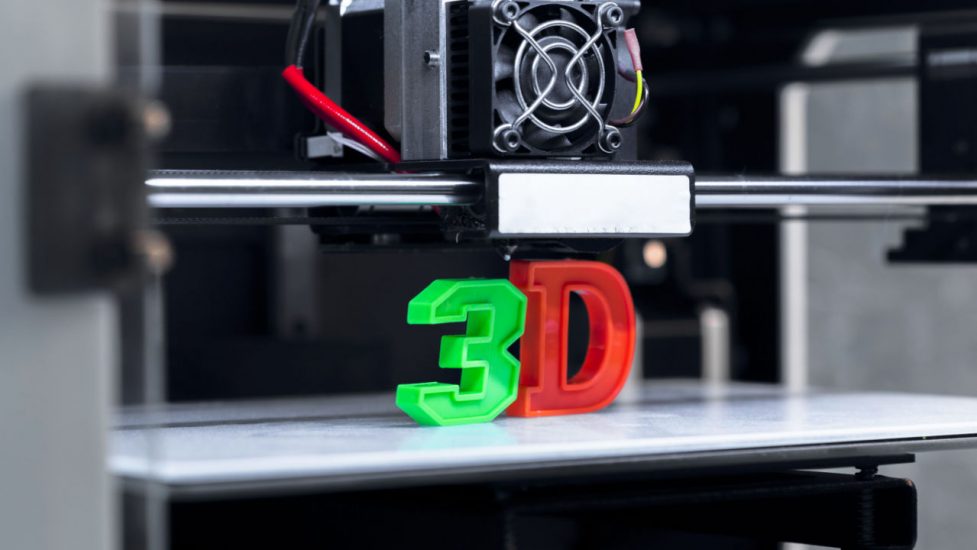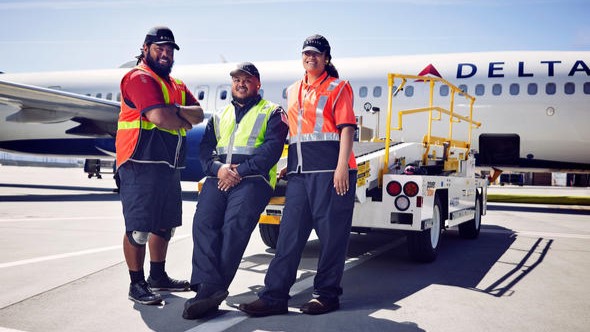For nearly 100 years, the term “blue collar” has been used to describe employees who work with their hands in trade industries including construction, trucking, and manufacturing. “White collar” was coined to describe workers in office environments, employees who spend a lot of time behind a desk or working on a computer.
As evidenced at the the Consumer Electronics Show underway now in Las Vegas, technology continues to change how we work and the skills needed in the trade industries have shifted, requiring more tech-based and soft skills. That traditionally blue collar work has become digitized, or “new collar” work.
Like many industries, employers are struggling to fill open jobs. That’s where the New Collar Network has stepped in, offering badges for new collar skills, proof for potential employers that a job seeker has the needed expertise.
Workers are Needed Now, Not in Four Years
Founder Sarah Boisvert used her experience running a manufacturing company to build a network of employers and educators wanting to create a career pathway to well-paying new collar jobs, one that didn’t require a college degree.
“When I had my [laser] manufacturing company, I developed a training program because I couldn’t find people to run lasers or fix lasers. This is in the ’80s and ’90s,” explains Boisvert. “Fab labs (digital fabrication laboratories) around the country kept asking me, ‘Can you make a curriculum for us?’.”
She says, “I thought to myself, ‘Well, I could, but I don’t know what your employers need.’ I did my program when I already had a very clear picture of what I needed in terms of employees.”

Boisvert interviewed 200 businesses ranging from startups to Fortune 10 companies in order to determine the minimum skills needed across the manufacturing industry.
This led to a big realization: they needed workers immediately in their factories.
“If I do a two-year degree, that’s not going to work. So, I started to do a lot of research and hit upon the digital badges. Fast forward a few years, we piloted it in New Mexico.”
The digital badges are microcredentials showing that a worker has trained for and is qualified for new collar jobs such as operating 3D printers, repairing robots, or CAD designer. Some are self-paced virtual classes while others are instructor-led.
On average, it takes four weeks to earn an individual badge. Some badges are standalone while others stack into master badges.
Classes were initially taught at Boisvert’s lab in Santa Fe but due to COVID, the organization pivoted to online instruction, which expanded its reach. “If somebody earns a badge here in Santa Fe, you can transport it to get a job in Ohio,” she says.

New Collar Apprenticeship
“I was speaking at the Consumer Electronics Show in 2020 about my digital badges. A woman came up to me and said, ‘I work in the apprenticeship program at IBM and we need to work with you.’ In 45 days, I had a U.S. Department of Labor Registered Apprenticeship in 3D printing,” says Boisvert.
She adds, “I think that the Department of Labor was starting to really look at, ‘How do we take this really successful program for welders and construction workers and make it applicable to new collar technologies and new collar jobs like 3D printing technicians?’”

Originally from Santa Fe, Alec Kerr already had his business degree and was living in Washington in 2020, hoping to figure out how to make 3D-printed sunglasses. A tip from his mother led him to apply for an apprenticeship with Boisvert’s Fab Lab Hub, a contract manufacturing company.
Kerr was one of 100 applicants for the two available spots. “I came back to Santa Fe to pivot in a different direction and really was interested in CAD design and 3D printing.”
Now as an employee, Kerr is a project and customer experience manager. He says his workday is varied.
“It’s a lot of different CAD design projects for clients and then 3D printing to get the prototypes right. Then some sort of short-run manufacturing. It’s someone coming in with an idea usually for a product to get the form and function and then keep iterating on that.”
Introducing Career Opportunities to Young Students
In addition to his work with clients of Fab Lab Hub, Kerr is going out into the community – representing New Collar Network – helping young students earn badges,
“We’re working with the Santa Fe Indian School. That’s high school, ninth to 12. Basically, going through the set of 3D printing badges to get them those CAD design skills and also problem-solving skills. At the end, they’ll be actually working and troubleshooting any of the printers, and learning those mechanical skills, too.”
Boisvert says it’s an opportunity to introduce students to a career option, “Technically it’s a pre-apprenticeship program. We’re helping them learn about what jobs are out there.”











